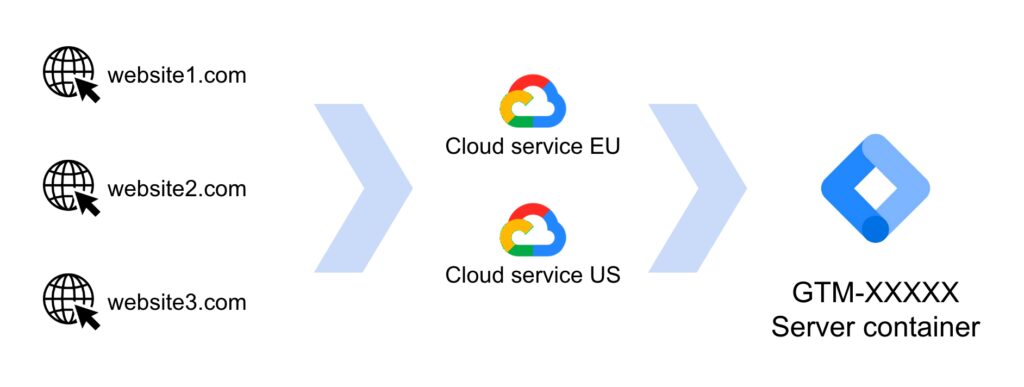· attribution · 3 min read
How sGTM can help you open the third eye of your partnership revenue attribution 🔮
You don't need ayahuasca to get powerful insights into partnership revenue attribution

One of the toughest parts about running a partnership program is getting the right data to attribute conversions to partners. When conversions are typically happening on multiple different domains across many touchpoints, it becomes a daunting task to successfully build programs that reward partners for their contributions.
But what if it didn’t need to be such a battle? The biggest barrier has always been the technology, and the implementation difficulty. Today, as we move into a era of cookieless tracking, there’s potential for new methods of partner attribution that doesn’t require attending a session with an ayahuasca shaman to get insights out of.
Barriers to proper attribution
Today’s partnership programs span multiple domains and touchpoints, which worked fine for many years, but as privacy regulations and cookie restrictions have begun being put into place, attribution has become more difficult.
For example, there aren’t many ways for companyA.com to track cross-site conversion events from companyB.com, much less if there’s a multi-domain partnership that spans upwards of 5-10 partnerships.

Things we’ve tried
We’ve tried solutions such as partner landing pages and forms, which work to an extent, but there is still a huge amount of collaboration and human lift that has to be done to get everyone on the same page as far as copy and value proposition.
This doesn’t always scale when there are a lot of stakeholders across many different partnerships. What the industry needs, is a way to track attribution across the partnership landscape without having to move a muscle, and using the tools that already exist.
The value of server side tracking for revenue attribution
The beauty of server-side tracking is that it’s all first party, and enables the potential for partnership teams to set up bespoke partner analytics networks that span multiple domains and touchpoints.

Partner analytics networks
With server-tide tagging, you would essentially set up a tracking server at something like analytics.yourdomain.com/collect where all your tagging data would be sent for collection.
This becomes even more powerful when you realize that because you own your data, and your partners own their data, you can control who to send it to.
This opens up possibilies for what I call “tagging networks”, which are partnership networks which pass their data back and forth, even potentially creating a shared warehouse for their partnership.
For example, imagine you have a partnership of six organizations that have these container endpoints:
analytics.partnerA.com/collectanalytics.partnerB.com/collectanalytics.partnerC.com/collectanalytics.partnerD.com/collectanalytics.partnerE.com/collectanalytics.partnerF.com/collect
These organizations could each map each others domains to their tagging endpoints, and create a analytics network for their partnership.
As a whole, server side GTM has a much higher tracking hit rate than client side, so opting for the benifits it brings both with accuracy and the ability to streamline partner attribution is a no-brainer. If you’d like to chat about how Oasis can help your organization set up a partner attribution network, let’s set up some time to chat
